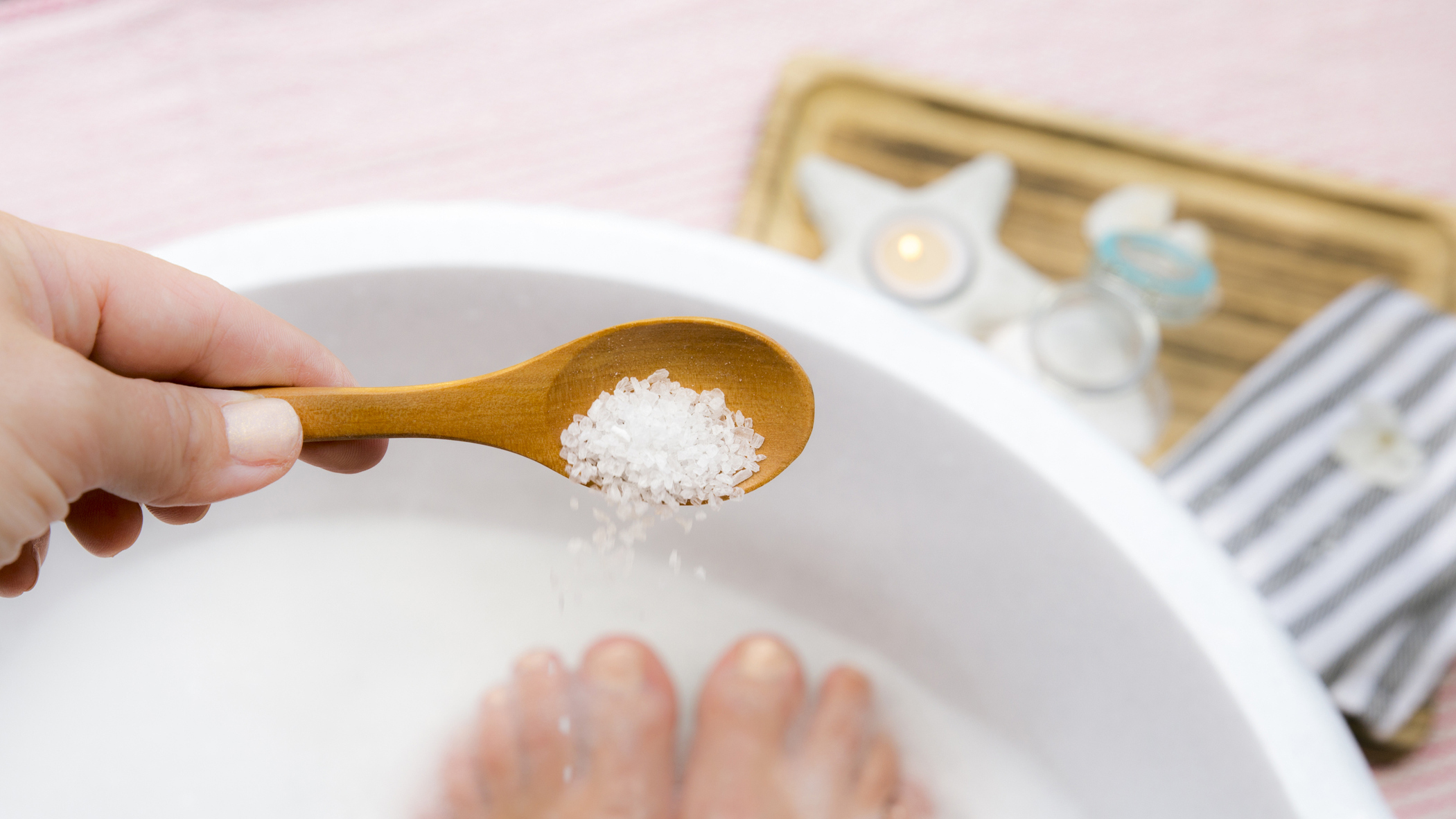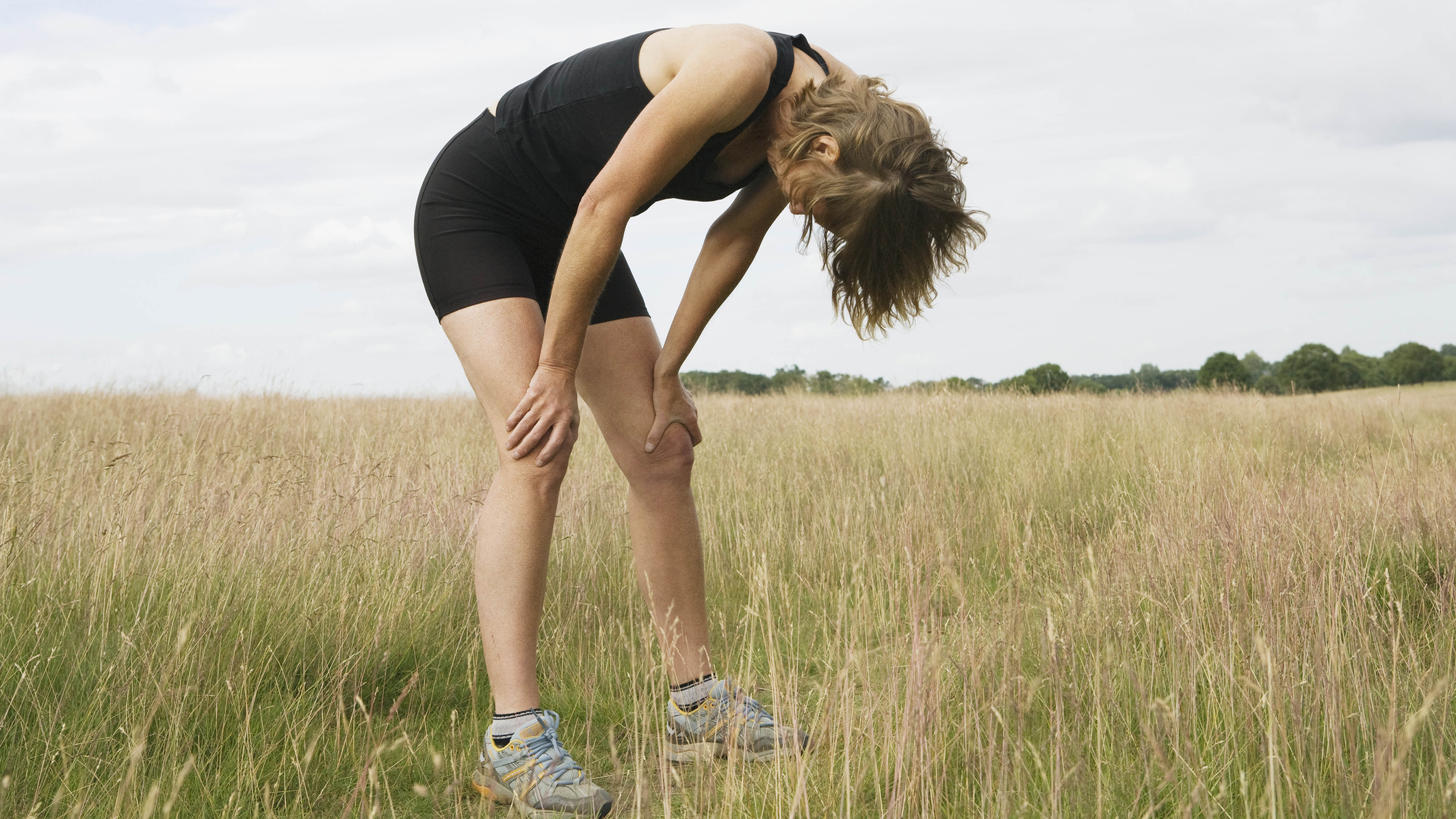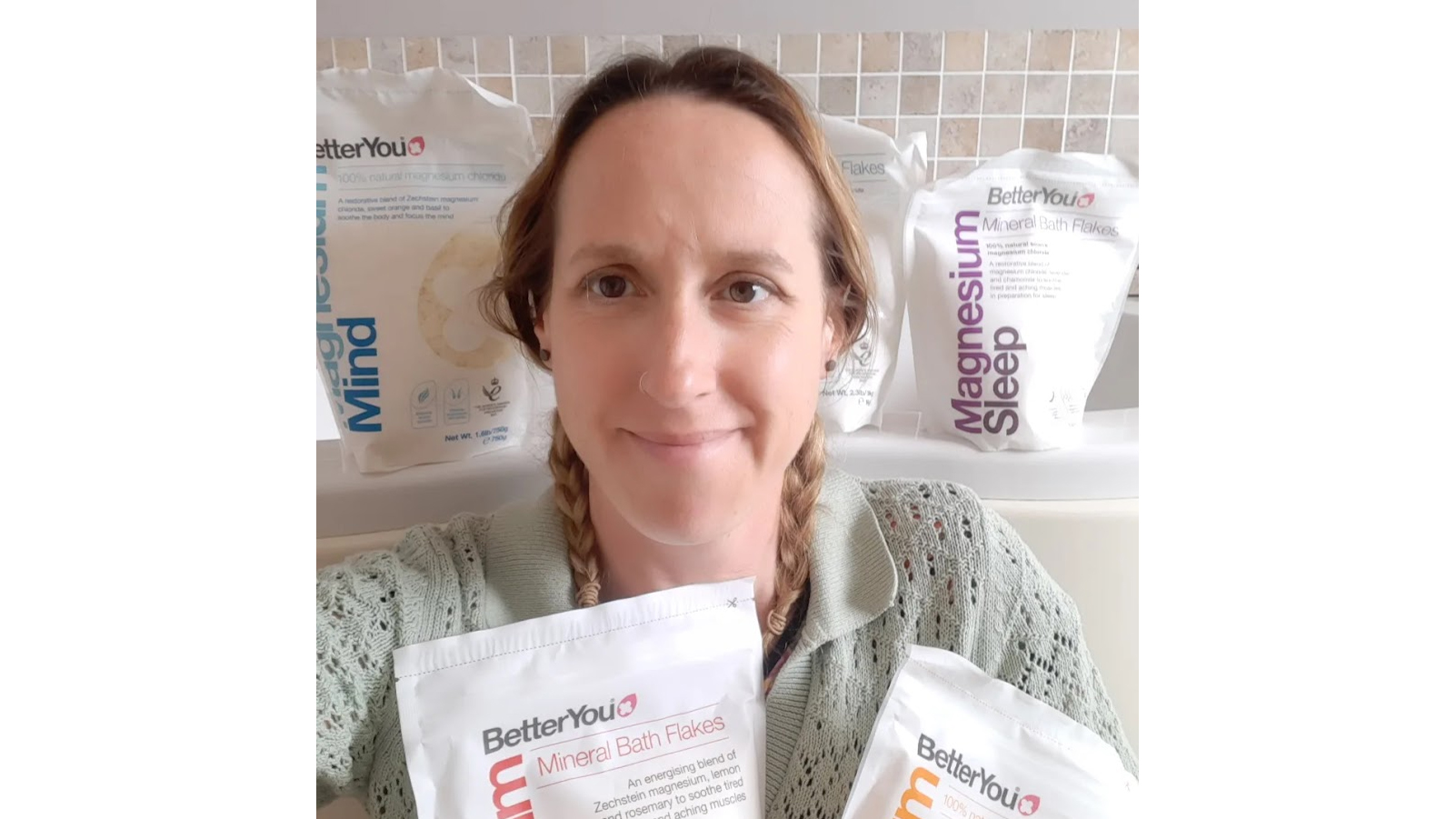I used bath salts for four weeks to see if they really aid muscle recovery—here's what I found
Does soaking in magnesium sulfate help soothe muscles? I took regular soaks after my runs to find out


There’s nothing quite like stepping into a steaming hot bath after a long run. It’s what I look forward to most—aside from a cream donut—after I finish a hard training session.
What I find difficult to decide on, though, is whether it’s worth spending money on fancy bath salts. There are many salty options to choose from, including Epsom, the Dead Sea or the Himalayan varieties. All of them contain magnesium sulfate and make claims about relieving or rejuvenating sore muscles.
Magnesium helps with a range of bodily functions, including muscle contraction and relaxation, maintaining blood pressure and energy levels, and easing cramps. We usually source magnesium from green leafy vegetables, pulses, almonds, bananas and fish such as halibut. It is also in our water.
But does soaking in magnesium sulfate, rather than digesting it, actually help with muscle recovery ? I decided to put a range of products to the test to see whether they eased my muscles more quickly.
Why I decided to test bath salts
There is clinical evidence that magnesium can be absorbed into the body via hair follicles and sweat glands. A 2017 review, published in the Nutrients Journal, outlines all the evidence for this.
If you are low in magnesium then bathing in these salts can give you a boost, but if your levels are already high from eating a healthy diet then there is limited capacity to absorb any more.
When I decided to test bath salts, I was training for my biggest running challenge yet: attempting to run 155 miles (250km) across Tanzania in five days, with a 7,000-meter elevation. Day three would include a run-hike halfway up Mount Kilimanjaro and down again. Day four was to be a 41-mile (67km) stretch. Even if I managed to avoid the scorpions and black mambas on the route, I knew it was going to be a tough event.
Start your week with achievable workout ideas, health tips and wellbeing advice in your inbox.
My training had been building for five months and my average weekly mileage was around 74.5 miles (120km) and rising. Back-to-back sessions were an essential part of my program: meaning on a Friday, Saturday and Sunday I was running around 19-25 miles (30km-40km) each day.

Being able to go out the next day and run on tired legs is a key component of multi-day events, so anything I could do to aid my recovery in between was welcome.
Stretching, foam rolling, using a massage gun and wearing Oofos recovery sandals were all part of my recovery routine, but in order to test out the bath salts with minimal variables I stopped doing these and just had a hot bath after each run longer than 30km.
How I tested
I tested the bath salts over four weeks, which totalled 10 baths, but I also included two baths with no salts as a control test.
I tried two different brands during this period: Better You bath flakes and Nathalie Bond salts. The latter had a longer-lasting fragrance in the bath and turned the water a pleasant mauve color, but it did leave a thick oily residue around the sides of my tub. Other than this, I didn't notice much difference between the brands.

Do bath salts make a difference?
Having a bath definitely felt more effective for muscle recovery than stretching or using the massage gun. The day after using the salts, my legs always felt fairly fresh and, without the bath, I think running another 20 miles (35km) would have been more difficult—and my calves and quads would have been much tighter.
However, I can't conclusively say that this was down to the salts, rather than the relaxing effect of the water. The two days I didn’t use the salts seemed to aid my recovery just as much—and the temperature of the water seemed to be a bigger factor in my recovery. The hotter the water, the greater the muscle easing.
My body may also have been adapting to the mileage and long back-to-back runs, making muscle recovery easier.
There is, however, something to be said for having an enhanced sensory experience to relax after a run, and bath salts or bubble bath can help with this. Running ultra-marathons is as much a mental battle as a physical one, so anything that can help you breathe in a comforting aromatic smell, relaxing the mind, as well as the body, is welcome.
With that in mind, I'll gladly keep up the routine for now.
Lily Canter is a freelance money, health and lifestyle journalist with more than 20 years' experience. She writes about fitness for Runner's World and Trail Running magazines and focuses on personal finance for Yahoo! Finance UK, Metro, The Guardian, and the Mail on Sunday. In her spare time she is an ultra-runner, canicrosser and running coach. She also co-hosts the award-winning podcast Freelancing for Journalists.
